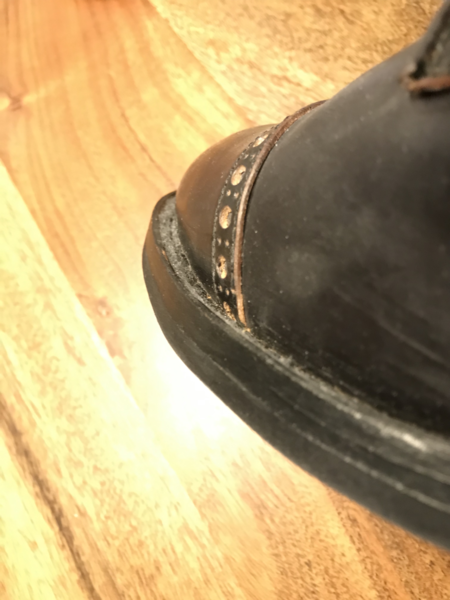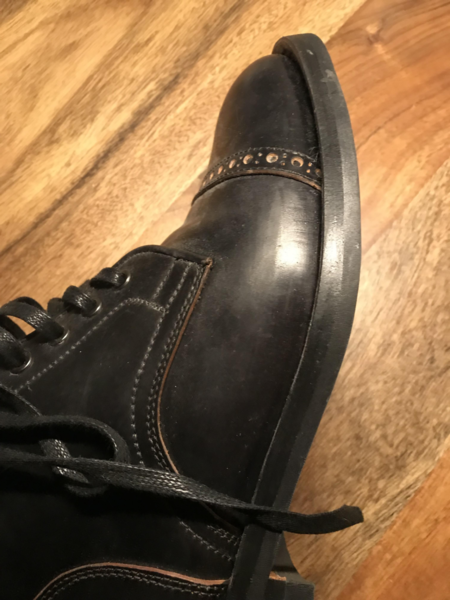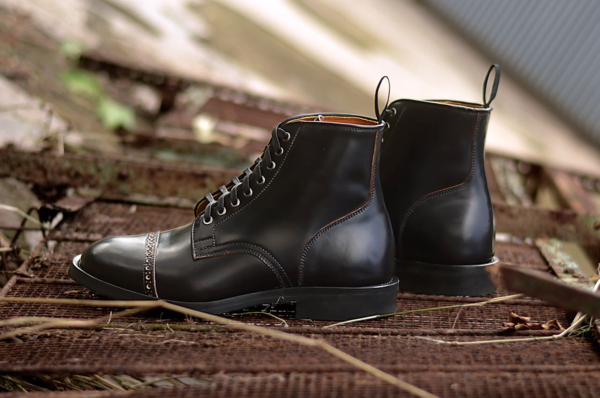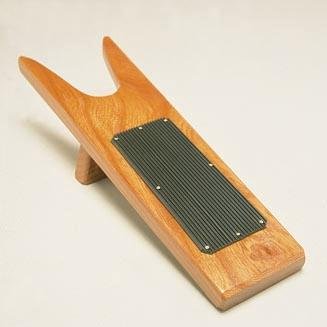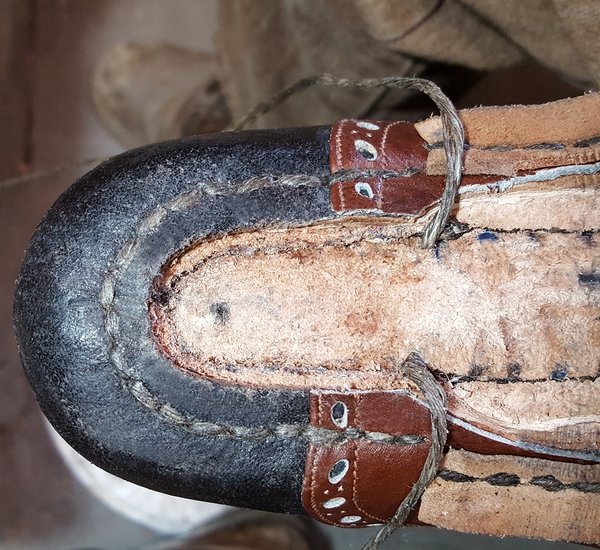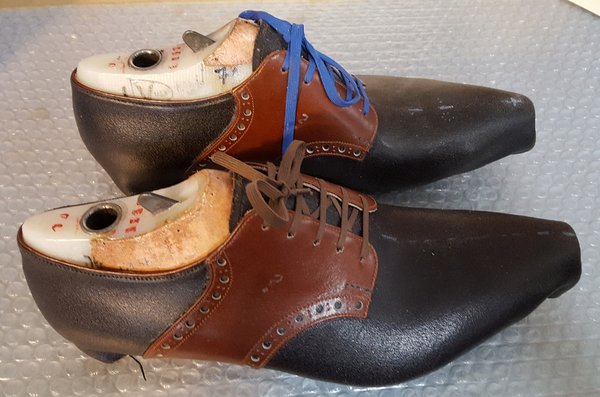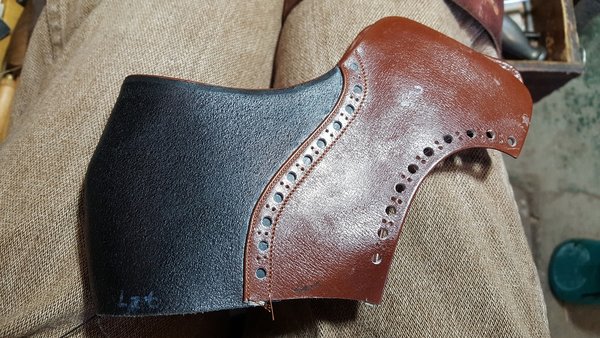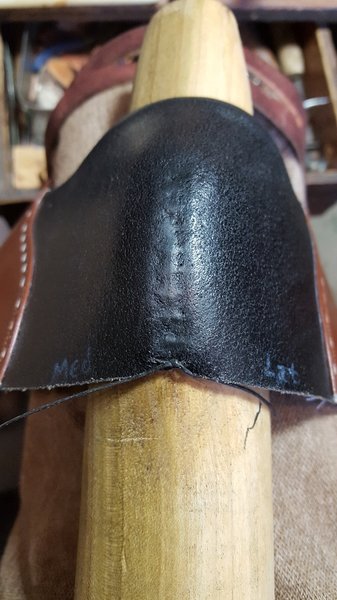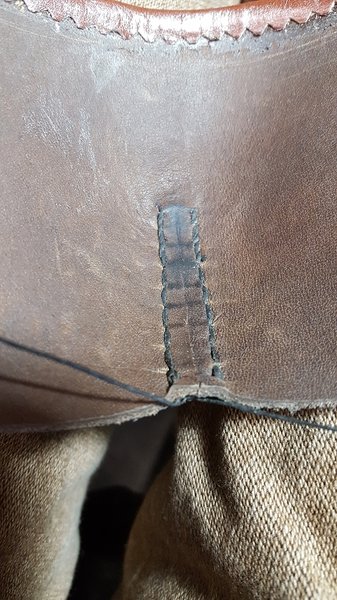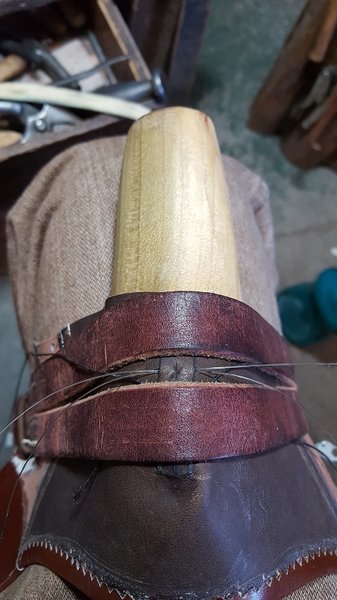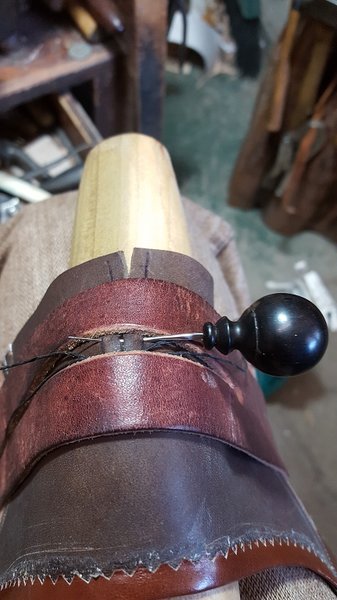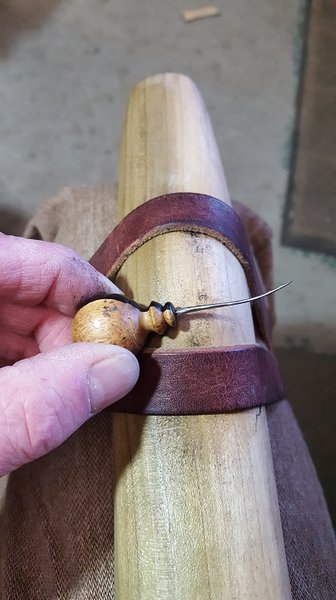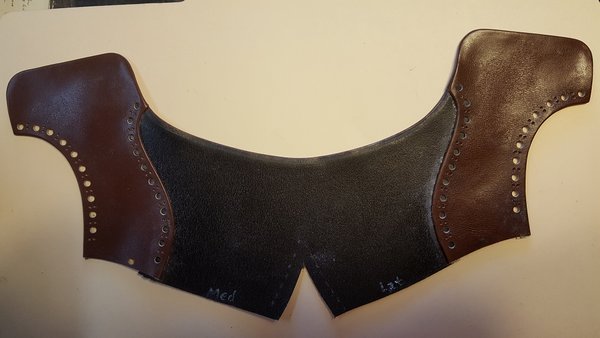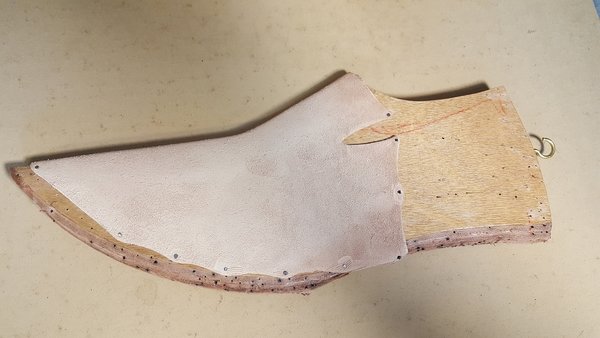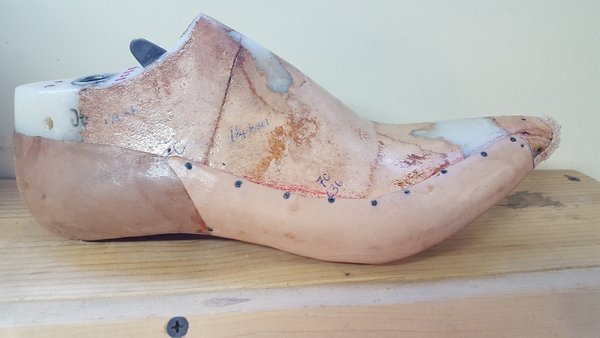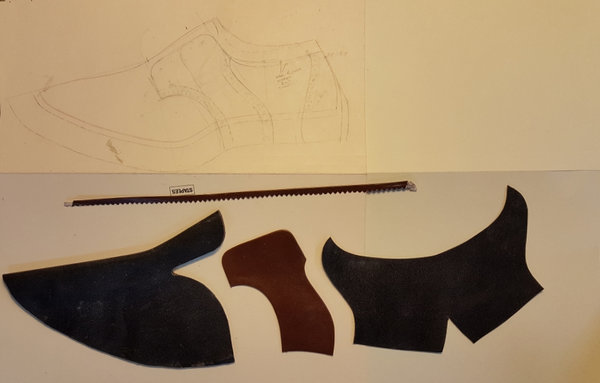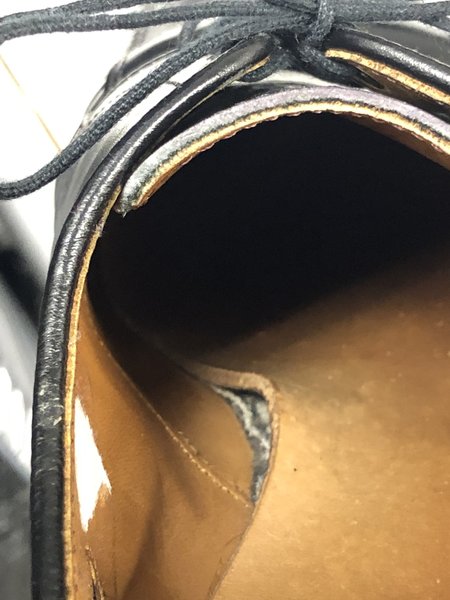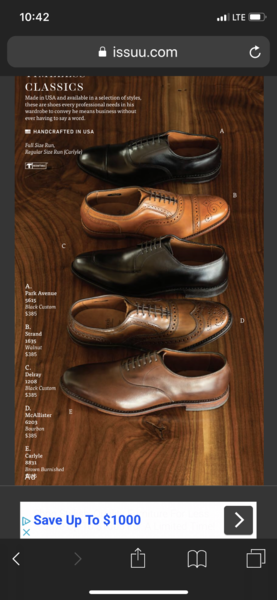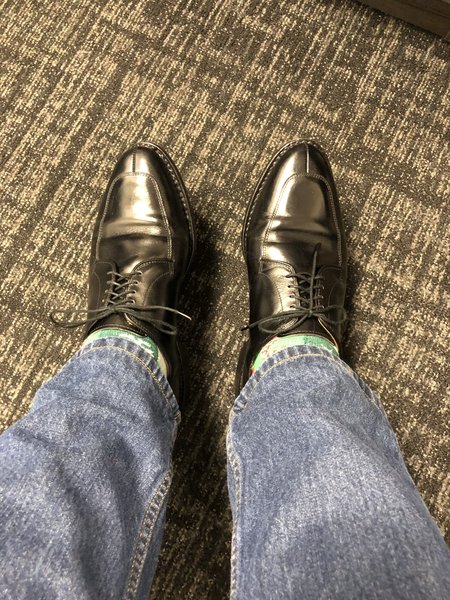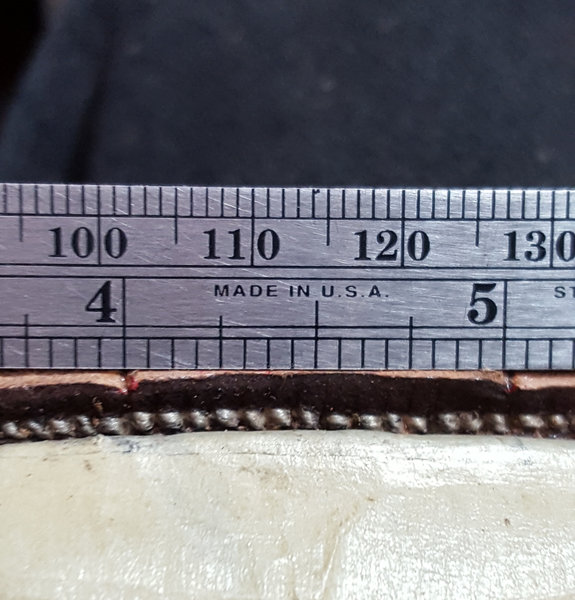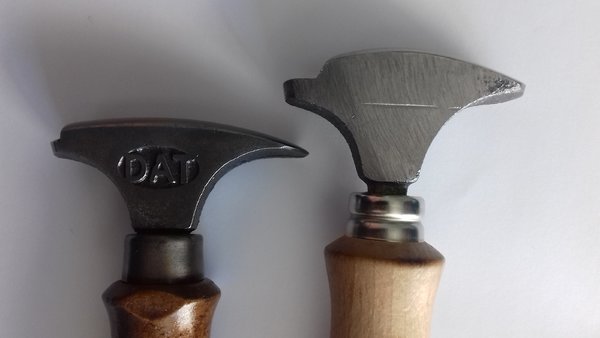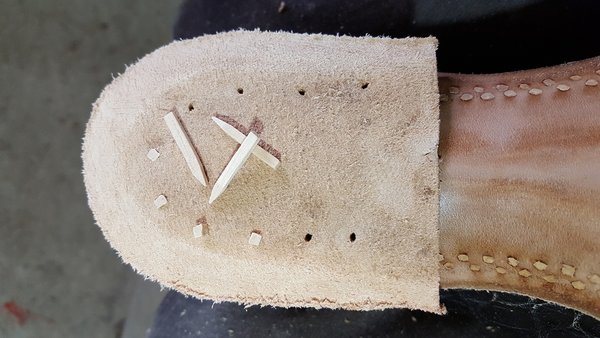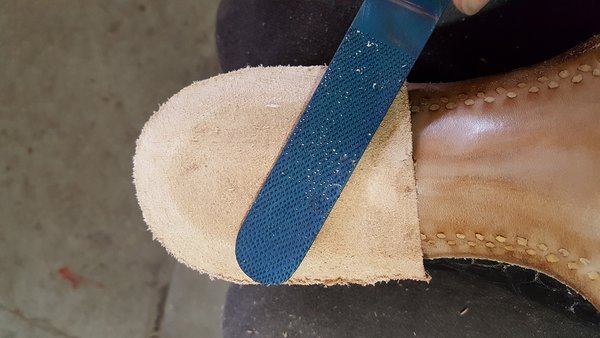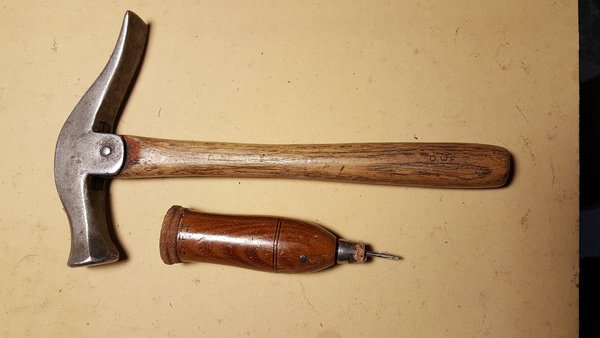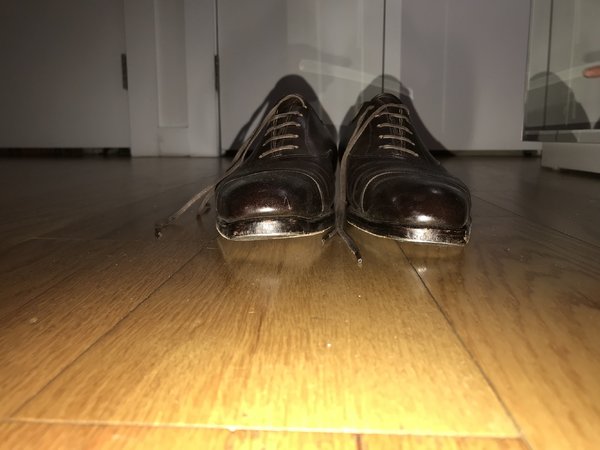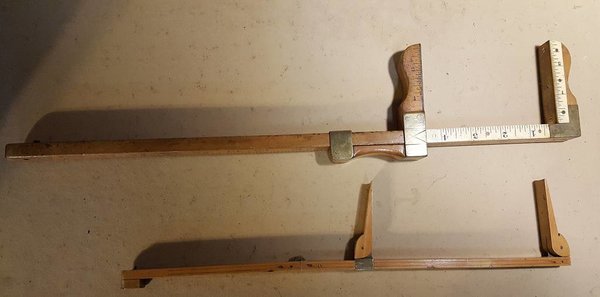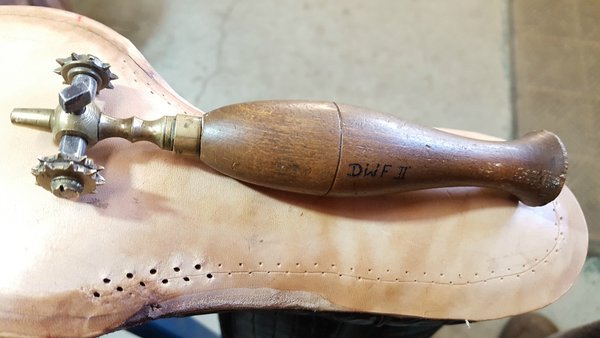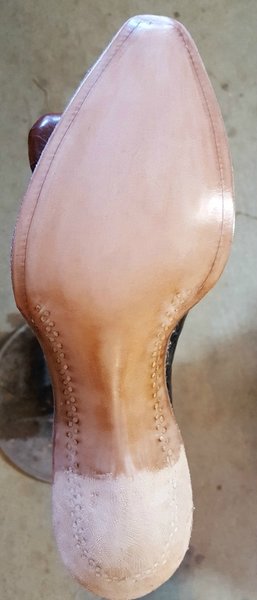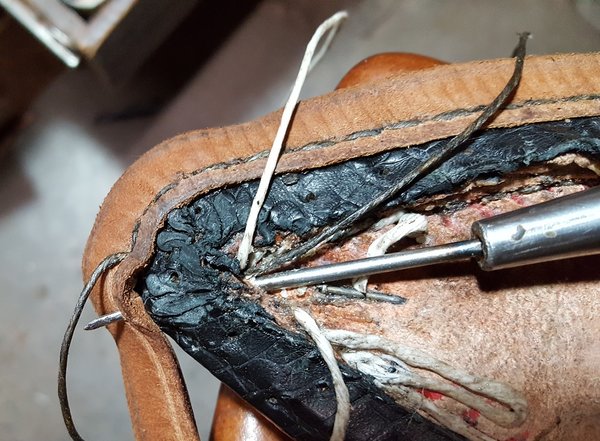- Joined
- Jan 8, 2008
- Messages
- 10,132
- Reaction score
- 5,714
I touched on this in another thread--that's the big lie. In fact...in actuality...they can never be new again.
If all we concentrate or focus on is the superficial...on appearance, regardless of how bogus or counterfeit...we deserve all the 'shoddy' that we ultimately get.
At which point we can stop talking (pretending) about "style" because style and substance (quality) are inextricably connected on some level.
Even Scarlet O'hara used velvet curtains to make her gown.
One good side of looking at it, DW, especially when it comes to certain boots that would better remain creased. However, I figure the down side is that a whole lot of people prefer their shoes to look like "new" after a repair.
I touched on this in another thread--that's the big lie. In fact...in actuality...they can never be new again.
If all we concentrate or focus on is the superficial...on appearance, regardless of how bogus or counterfeit...we deserve all the 'shoddy' that we ultimately get.
At which point we can stop talking (pretending) about "style" because style and substance (quality) are inextricably connected on some level.
Even Scarlet O'hara used velvet curtains to make her gown.
Last edited:



